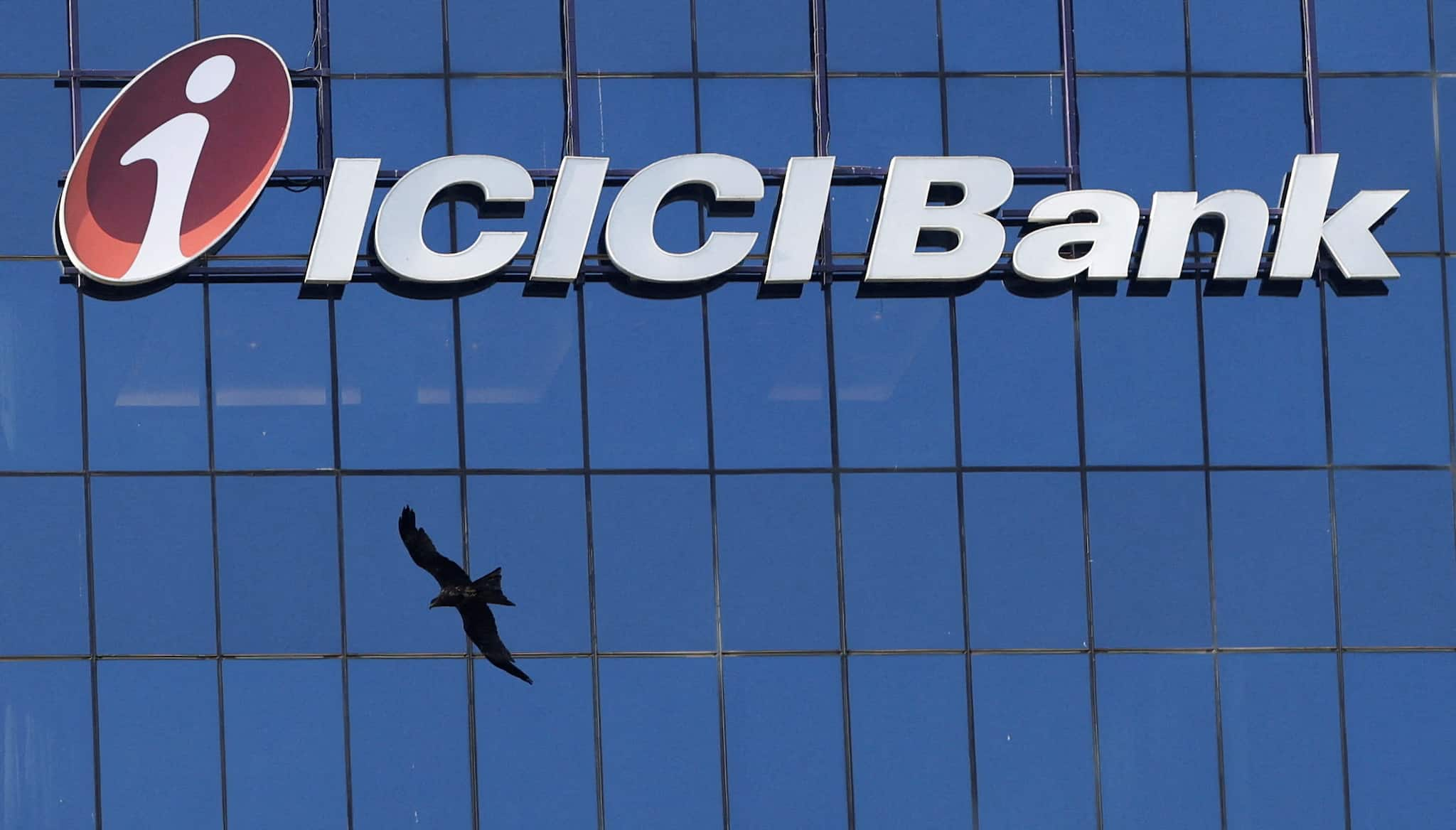 |
|
ICICI Bank, India's second-largest private sector bank, announced its financial results for the third quarter of fiscal year 2025 on January 25th, 2025, revealing a significant increase in net profit. The bank reported a net profit of Rs 11,792 crore, marking a substantial 15 percent rise compared to the Rs 10,272 crore recorded during the same period last year. This robust performance reflects positive growth in key financial indicators and underscores the bank's continued strength in the competitive Indian banking landscape. The surge in profitability is largely attributed to the considerable growth witnessed in the bank's net interest income (NII).
The NII, a crucial measure of a bank's lending profitability, reached Rs 20,370.6 crore, exceeding the previous year's figure of Rs 18,678 crore by a notable 9.1 percent. This increase indicates higher interest income generated from the bank's lending operations, potentially driven by factors such as increased loan disbursement or higher interest rates. However, it's important to note that while the net interest income showed impressive growth, the net interest margin (NIM), a key indicator of profitability relative to interest expense, witnessed a slight decline. The NIM fell to 4.25 percent, down from 4.43 percent a year earlier and slightly lower than the 4.27 percent reported in the previous quarter. This dip in NIM, though modest, suggests that the bank's interest expenses may have increased at a faster rate than its interest income.
Another noteworthy aspect of the financial report concerns provisions and contingencies, which represent funds set aside to cover potential bad loans. These provisions saw a nearly 17 percent increase, rising to Rs 12.27 billion from Rs 10.49 billion in the corresponding quarter of the previous fiscal year. This increase in provisions, although potentially concerning, might reflect a proactive approach by the bank to manage potential risks associated with its loan portfolio. It could also be influenced by various macroeconomic factors, such as economic slowdown or changes in regulatory norms. The overall asset quality of the bank, however, appeared relatively stable. The gross non-performing asset (NPA) ratio remained largely unchanged at 1.96 percent at the end of December, only marginally higher than the 1.97 percent recorded three months prior. ICICI Bank attributed the typically higher NPA additions during the first and third quarters to its Kisan Credit Card portfolio, a credit scheme specifically designed to support Indian farmers.
The bank's share price also reflected the positive sentiment surrounding its Q3 results. On January 25th, 2025, the last trading day for the reported period, ICICI Bank's shares closed at Rs 1,209.45 on the Bombay Stock Exchange (BSE), registering a 0.58 percent increase. This slight uptick in share price demonstrates investor confidence in the bank's performance and its outlook for the future. However, it’s important to note that share prices are influenced by a multitude of factors beyond just quarterly earnings reports, including overall market sentiment, investor expectations, and broader economic conditions. The long-term sustainability of this growth trajectory will depend on several factors, including continued economic growth in India, effective management of credit risk, and the bank’s ability to maintain its competitive edge in the increasingly dynamic banking sector.
In conclusion, ICICI Bank's Q3 results showcase a mixed bag of positive and slightly concerning trends. The impressive growth in net profit and net interest income is balanced by a marginal decline in NIM and a moderate increase in provisions. The stable asset quality and positive share price movement suggest a generally optimistic outlook for the bank. However, continued monitoring of key metrics such as NPA ratios, NIM, and provisions will be crucial in assessing the bank’s long-term financial health and stability. Investors and stakeholders will be keenly interested in observing whether these trends persist in subsequent quarters, and how effectively the bank can navigate the challenges and opportunities presented by the evolving Indian economic landscape. Furthermore, the bank's proactive approach to managing potential bad loans through increased provisioning should be viewed as a positive step in ensuring financial prudence and mitigating future risks.
Source: ICICI Bank Q3 results: Net profit rises 15% to Rs 11,792 crore
